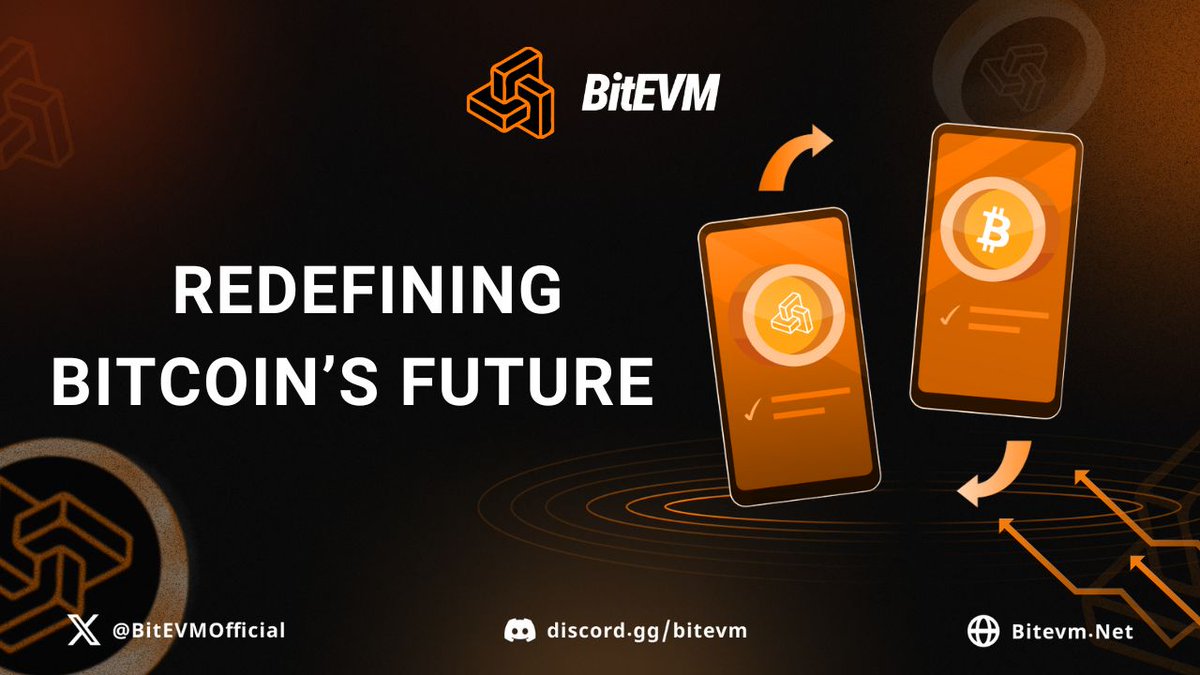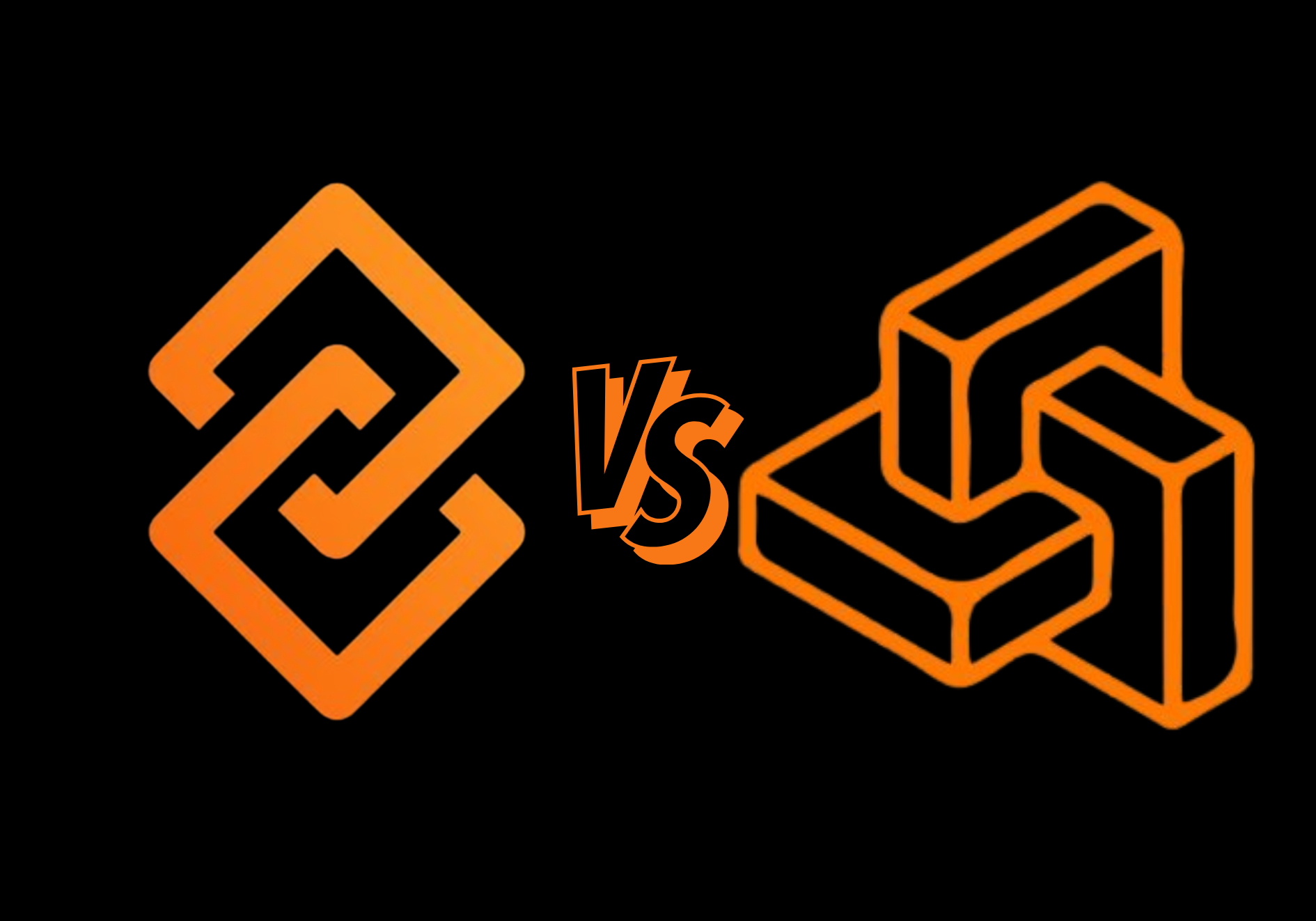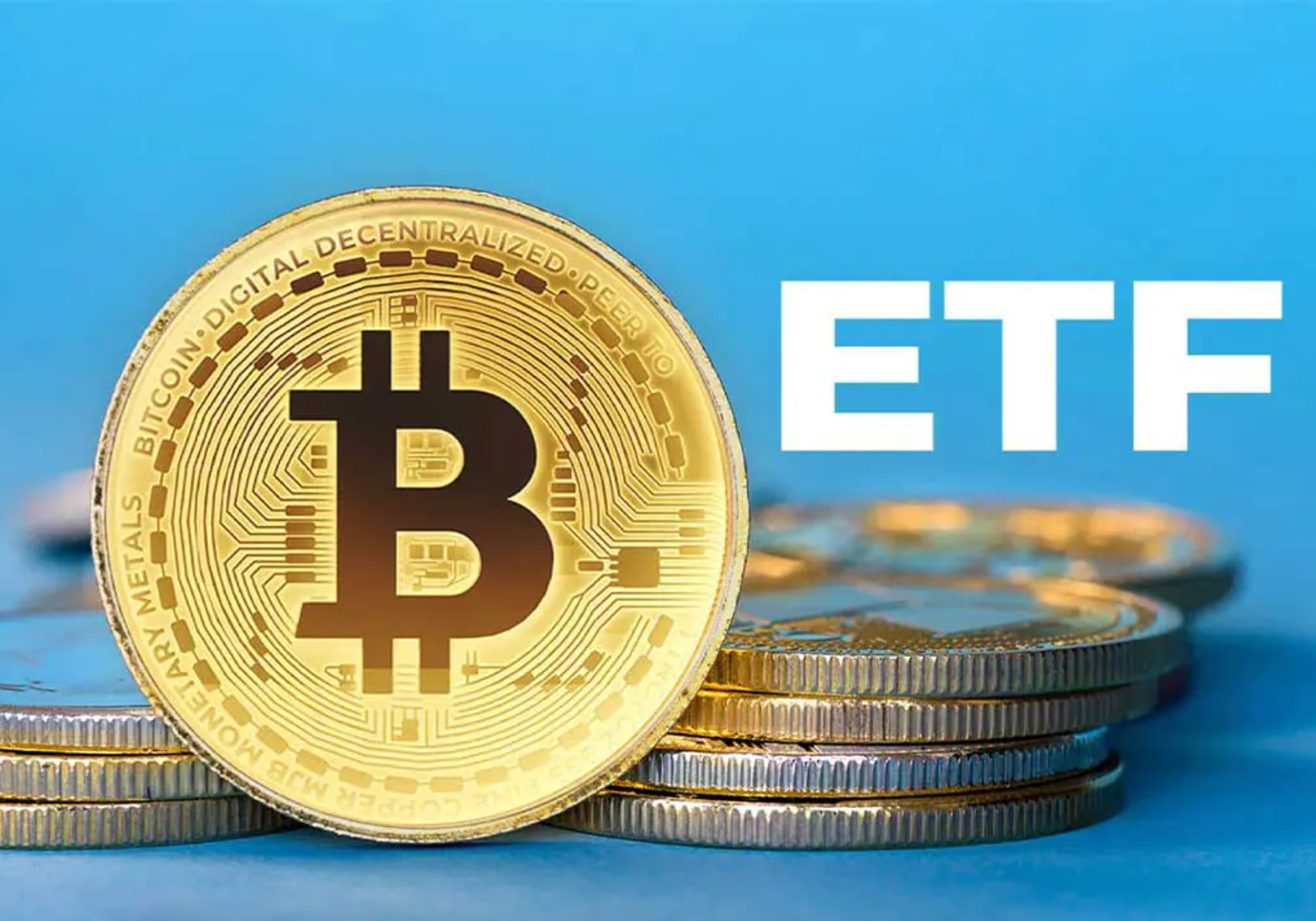Introduction
The Bitcoin ecosystem is undergoing a rapid transformation, with Layer 2 solutions emerging to enhance scalability, security, and functionality. Two key platforms driving this shift are Satochain and BitEVM. While both seek to expand Bitcoin’s capabilities through smart contracts, Decentralized Finance (DeFi), and enhanced transaction efficiency, they differ in their technological framework, scalability methods, and adoption strategies. This article provides an in-depth comparison of Satochain vs. BitEVM, exploring their architecture, key features, and impact on the blockchain space. Whether you are a developer, investor, or blockchain enthusiast, understanding these platforms will help you navigate Bitcoin’s evolving ecosystem
What is Satochain?

Satochain is a Bitcoin Layer 2 protocol designed to improve Bitcoin’s scalability and functionality by incorporating optimistic rollups, cross-chain transactions, and DeFi compatibility. By leveraging Bitcoin’s security while introducing additional capabilities, Satochain unlocks new financial applications.
Key Features of Satochain
- Optimistic Rollups: Enhances transaction throughput while maintaining Bitcoin’s security.
- Cross-Chain Asset Transfers: Facilitates seamless Bitcoin (BTC) and Wrapped Bitcoin (WBTC) movement across multiple blockchains.
- DeFi and NFT Integration: Enables smart contracts, DeFi applications, and NFT marketplaces within Bitcoin’s ecosystem.
- Data Availability Optimization: Partners with Polygon CDK and Celestia DA to improve scalability and data accessibility.
- Enhanced Security: Maintains decentralization by leveraging Bitcoin’s proof-of-work model.
Use Cases of Satochain
- Bridging Bitcoin with Ethereum and DeFi ecosystems.
- Enabling decentralized applications (dApps) on Bitcoin.
- Facilitating faster and cheaper BTC transactions.
- Providing liquidity solutions for Bitcoin-based DeFi.
What is BitEVM?

BitEVM is another Layer 2 solution for Bitcoin, designed to enhance its smart contract capabilities while preserving security. Unlike traditional rollup solutions, BitEVM utilizes Zero-Knowledge Scalable Transparent Argument of Knowledge (ZK-STARK) and Taproot scripts for transaction efficiency.
Key Features of BitEVM
- zkEVM Integration: Enables zero-knowledge proof verification, allowing off-chain transactions with high security.
- Off-Chain Smart Contracts: Executes complex smart contracts off-chain, reducing Bitcoin’s computational burden.
- Taproot Utilization: Leverages Taproot technology for private and efficient transactions.
- Scalability Enhancements: Implements ZK proofs and off-chain processing to boost Bitcoin’s throughput without compromising decentralization.
- Community-Driven Development: Encourages transparent, decentralized development, fostering participation from developers and blockchain enthusiasts.
Use Cases of BitEVM
- Executing Bitcoin-based smart contracts
- Facilitating private transactions with Taproot
- Enhancing scalability through Zero-Knowledge Proofs
- Providing an efficient alternative to Ethereum’s smart contract system
Comparative Analysis: Satochain vs. BitEVM
Both platforms aim to improve Bitcoin’s functionality, but their approach differs significantly. Below is a comparison based on key blockchain performance metrics.
Technological Approach
- Satochain: Implements optimistic rollups and cross-chain asset transfers, optimizing Ethereum-compatible solutions.
- BitEVM: Uses Zero-Knowledge Proofs (zkEVM) and Taproot scripts to prioritize privacy and efficiency.
Scalability and Performance
- Satochain: Enhances scalability by offloading data to external networks like Celestia DA, reducing congestion.
- BitEVM: Implements off-chain processing and ZK Proofs, enabling high transaction speeds without burdening Bitcoin’s mainnet.
Smart Contract Functionality
- Satochain: Supports Ethereum-style smart contracts, fostering DeFi, NFTs, and dApp development.
- BitEVM: Implements Bitcoin-native smart contracts, ensuring high security through Taproot integration.
Security and Decentralization
- Satochain: Maintains decentralization while introducing cross-chain interoperability, which may present security risks.
- BitEVM: Uses Zero-Knowledge Proofs for secure off-chain computations, enhancing security.
Adoption and Ecosystem Development
- Satochain: Supported by Polygon CDK and Celestia DA, focusing on cross-chain compatibility and DeFi expansion.
- BitEVM: Prioritizes community-driven innovation, with developers actively contributing to open-source development.
Cost and Transaction Fees
- Satochain: Utilizes Ethereum Layer 2 solutions, potentially reducing transaction costs for Bitcoin-related activities.
- BitEVM: Leverages off-chain processing to significantly lower transaction fees compared to Bitcoin’s base layer.
Which Platform is the Better Choice?
The choice between Satochain vs BitEVM depends on individual priorities. Here’s a quick guide:
- For DeFi and NFT development: Satochain is better suited due to its Ethereum-compatible smart contract framework.
- For security and privacy: BitEVM is the stronger choice, as it employs Zero-Knowledge Proofs and Taproot.
- For cross-chain functionality: Satochain excels in bridging Bitcoin with Ethereum and other blockchain ecosystems.
- For a Bitcoin-native experience: BitEVM stays truer to Bitcoin’s architecture while improving transaction efficiency.
Conclusion
Both Satochain and BitEVM play crucial roles in advancing Bitcoin’s Layer 2 ecosystem by enhancing scalability, smart contract functionality, and DeFi integration.
- Satochain focuses on cross-chain compatibility and Ethereum-style smart contracts, leveraging optimistic rollups for improved performance.
- BitEVM emphasizes security and efficiency by utilizing Zero-Knowledge Proofs and Taproot scripts for smart contracts.
For those looking to integrate Bitcoin with Ethereum’s DeFi landscape, Satochain is the optimal choice. On the other hand, BitEVM is better suited for security-conscious applications and Bitcoin-native smart contracts.
As Bitcoin’s Layer 2 landscape continues to evolve, both platforms are positioned to shape the future of decentralized applications on Bitcoin.
Disclaimer
This article is for informational purposes only and does not constitute financial, investment, or technical advice. Cryptocurrency investments and blockchain technologies involve significant risks, and readers should conduct their own research before making any decisions. The information provided here is based on available data at the time of writing and is subject to change as the blockchain landscape evolves.




